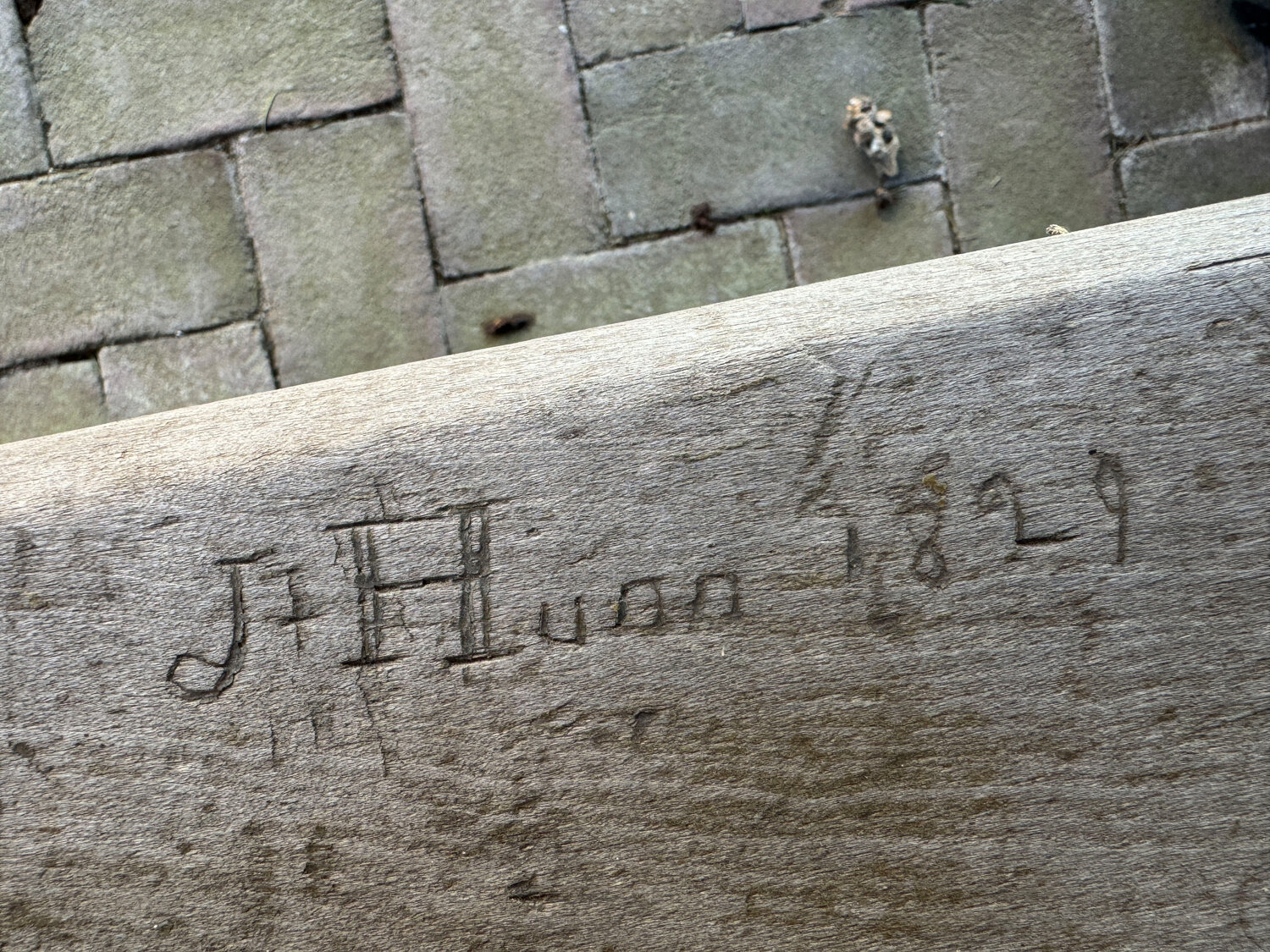Camden historian recounts local legend John Hunn’s role in the underground railroad
CAMDEN -- Michael Richards knows a great deal about local history. He spent ten years at the Delaware State Archives and worked at the Bureau of Vital Statistics for over two decades, even serving as …

You must be a member to read this story.
Join our family of readers for as little as $5 per month and support local, unbiased journalism.
Already a member? Log in to continue. Otherwise, follow the link below to join.
Please log in to continueNeed an account?
|
Camden historian recounts local legend John Hunn’s role in the underground railroad
CAMDEN — Michael Richards knows a great deal about local history. He spent 10 years at the Delaware State Archives and served as the director of the Bureau of Vital Statistics for over two decades. More than 20 years after retirement, Mr. Richards still seems as if he knows everything there is to know about the history of Central Delaware.
He recounted the story of John Hunn, a member of one of the most prevalent Camden families during the time of the underground railroad. Mr. Hunn was a Quaker, a community Mr. Richards himself is involved in, which teaches pacifism.
“So yeah, the Quakers were very strong in the abolition movement, and since there was this center of Quakerism right here in Camden. I think that was what drew a lot of people, like Harriet Tubman probably, to come this way,” said Mr. Richards.
It is unknown if Harriet Tubman passed through Camden, as any documentation during that time was destroyed so as not to incriminate its author or recipient. Consensus among local historians say that it was very possible she did.
Mr. Hunn was motivated by both his faith and his good heart to help slaves escape.
“The Hunn family had a place about two miles from Camden called Wildcat. It’s on the St. Jones River and the same family has owned it since the 1740s, and they had a slave cellar there where they would hide the slaves during the day,” said Mr. Richards. “And then the river was there and is navigable, there were ships — sailing vessels — that came and sometimes, I understand, there was a black captain that would take them over to New Jersey cross the Delaware Bay.”
Famously, Mr. Hunn was fined a collective $20,000 for his work on the underground railroad, between $600-700,000 today. After his first fine of $10,000, he was told that he would not be fined again if he stopped his work. He refused and was fined again later, leaving him nearly broke around the time of his death.
Inscribed on a tablet at Camden Friends Meeting, where Mr. Hunn is buried, is a quote attributed to him, where he makes clear his resolve:
“I ask no other reward for my efforts than to feel that I have been of service to my fellow-men. No other course would have brought peace to my mind.”
Quaker tradition calls for non-extravagant gravestones, so despite Mr. Hunn’s mark on Delaware history, his grave blends in amongst others at the meeting. His son, John Hunn Jr., was the governor of Delaware from 1901-1905.
Somewhat recently, the meeting found Mr. Hunn’s name carved on a bench at the meeting. It’s a mark that a great man left that will last forever.
Members and subscribers make this story possible.
You can help support non-partisan, community journalism.
Other items that may interest you


 By
By 



